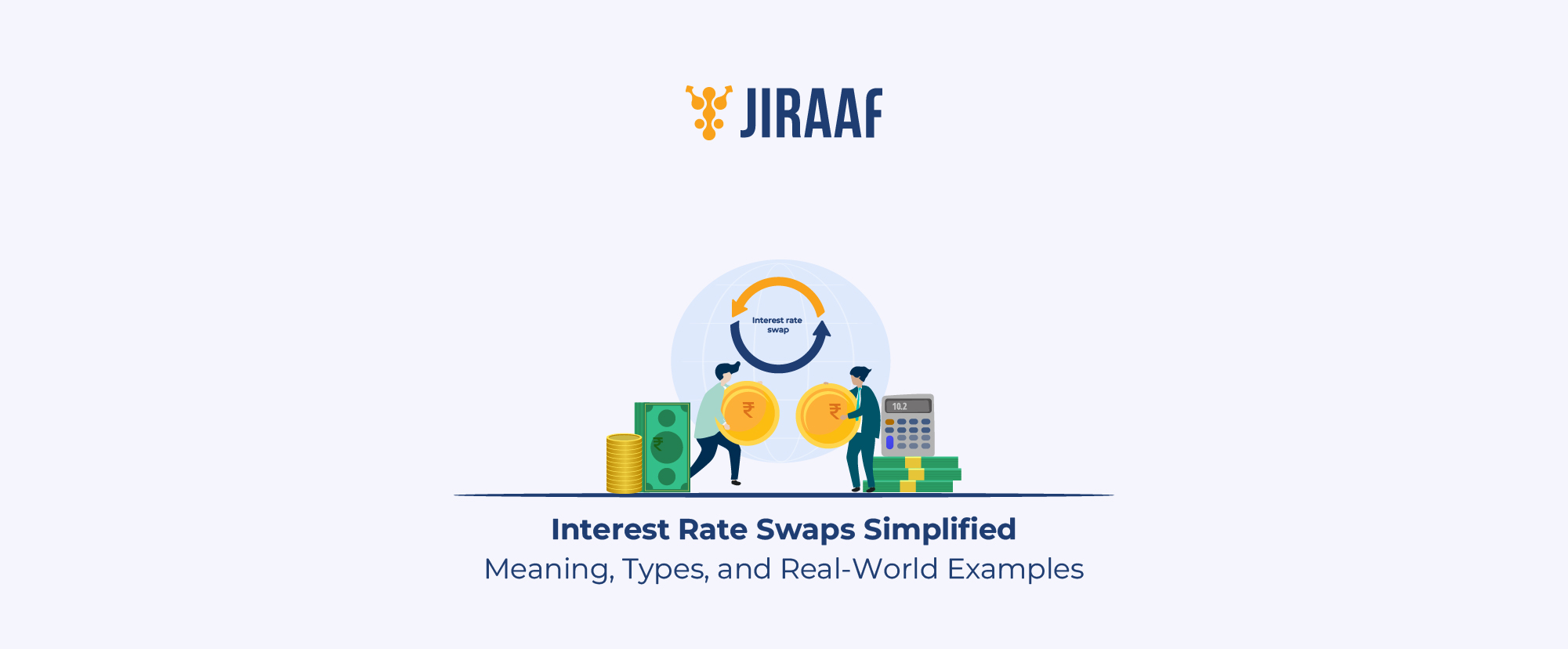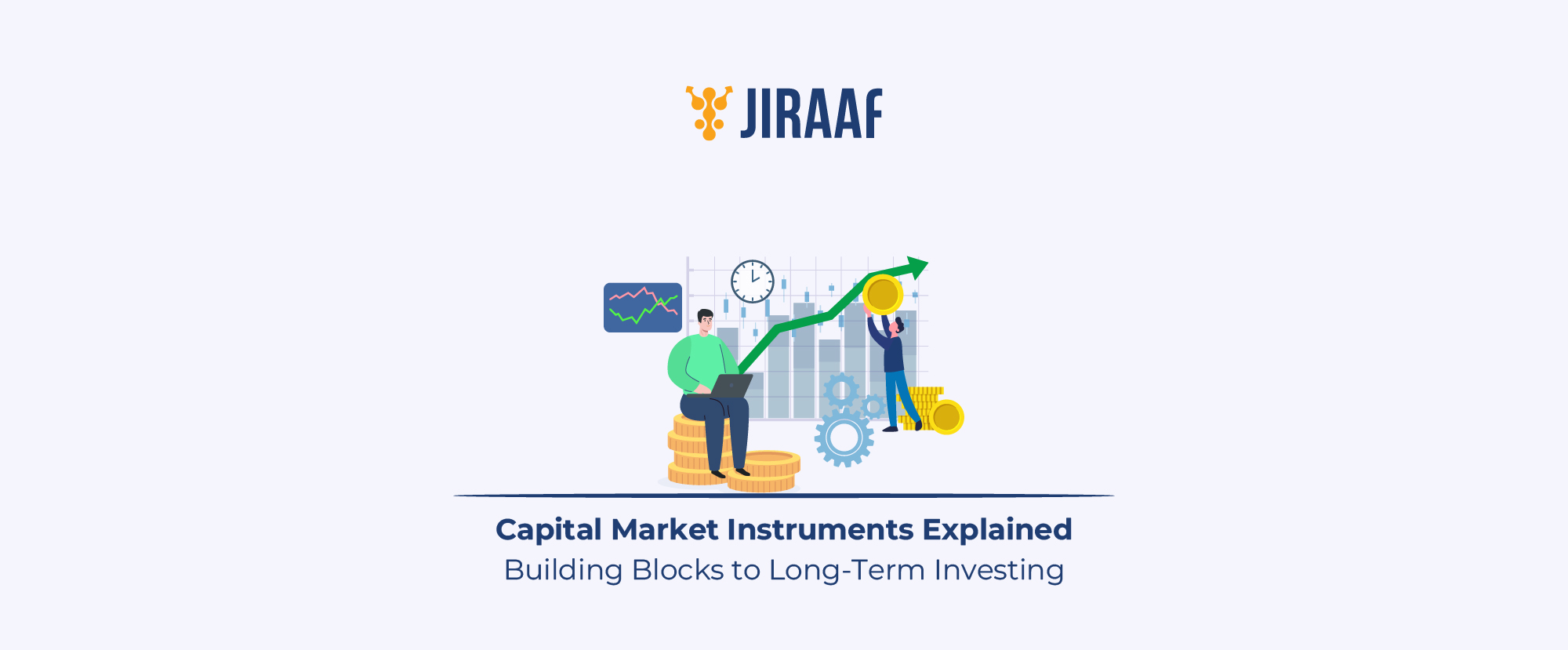Let’s be honest, most people spend their early 20s figuring out their weekend plans, not wealth plans. But if you’re here reading about investing, you’re already on the right track. You’ve started managing your finances; that’s rare and powerful.
Being a young investor gives you an edge. With time on your side, you can enjoy the returns while others are still waiting for the “right moment”. You have what most investors crave later in life, i.e. years to experiment, learn, and grow.
So, before you start chasing stock tips or panic-buying the next hot mutual fund, pause for a minute. This blog will walk you through five timeless yet straightforward rules every young investor should know—the kind that separate smart starters from anxious followers.
Why Rules of Thumb Matter in Investing
In a world where financial advice floods your feed as fast as memes, it’s easy to get overwhelmed. Everyone seems to have a “foolproof” formula for success, but amid all the noise, some rules act like a compass; rules that are simple and genius, have stood the test of time, and helped investors stay stable during turbulence.
Think of them as shortcuts to sound decision-making. You don’t need to be a math genius or spend hours decoding charts. These rules simplify the complex world of investing into clear, practical takeaways that help you stay consistent, patient, and focused.
And we begin with the classic Rule of 72, your shortcut to knowing how fast your money can double.
Rule #1: Use the Rule of 72 for Calculating Growth Speed
So, what drew you toward investing in the first place? Maybe it was realizing that the traditional “save and stack” approach simply doesn’t beat inflation. Savings alone lose value quietly over time, while investing gives your money the power to grow rather than just sit idle.
Here’s where the Rule of 72 comes in—a clever approximation that helps you estimate how long it’ll take for your money to double at a given rate of return. You simply divide 72 by your annual rate of return.
For example
If you invest ₹50,000 and it earns an interest of 12% per year, then as per the Rule of 72, you will be able to double its value within 72 ÷ 12 = 6 years.
That means your ₹50,000 could roughly be ₹1,00,000 in a span of six years.
Even though it gives a quick estimate, there’s a small drawback with the rule. It works best when returns are moderate, typically between 6% and 10%. Outside this range, the difference between the estimate and the actual result slightly widens, but it still serves as a reliable benchmark for understanding how time and returns interact.
Once you understand this, it becomes clear why your investment duration matters so much. If your money takes six years to double at 12%, but your goal demands quicker growth, you’ll need to either seek a higher return or choose a different type of asset. The idea isn’t just to chase higher numbers, but to make sure your time horizon matches your financial objectives.
That’s why time isn’t just a number in your investment plan; rather, it’s one of the most powerful variables. And once your time horizon and goals are aligned, something remarkable begins to happen beneath the surface compounding.
Rule #2: Start Early and Let Compounding Work
Benjamin Franklin once summed it up beautifully: “Money can beget Money, and its Offspring can beget more, and so on”. That’s compounding in its purest form. It’s a quiet force that rewards patience, discipline, and time.
Now, let’s add Peter Lynch’s timeless advice to the mix: “Invest early, stay invested, and let compounding work its magic”. He wasn’t exaggerating. The earlier you start, the longer your money gets to multiply itself.
Let’s see this in action. Imagine you invested ₹50,000 in a fund that compounds annually at 12% for six years. Here’s how your money grows compared to withdrawing gains every year:
| Year | Amount (With Compounding) | Amount (Without Compounding – Payouts Taken) |
| 1 | ₹56,000 | ₹56,000 |
| 2 | ₹62,720 | ₹62,000 |
| 3 | ₹70,246 | ₹68,000 |
| 4 | ₹78,676 | ₹74,000 |
| 5 | ₹88,118 | ₹80,000 |
| 6 | ₹98,692 | ₹86,000 |
That’s the difference between letting your returns stay and grow versus constantly dipping into them. One path builds wealth; the other keeps you circling around short-term satisfaction.
But while compounding is powerful, there’s another rule every young investor must know. Just like a plane can’t fly with a single engine, no matter how powerful it is, you cannot ride the markets for longer durations with just one asset, no matter how great of a growth driver it is. That’s where diversification comes in, spreading your investments smartly so they can balance each other when the market wobbles.
Rule #3: Diversify Across Assets for Balance
You’ve probably heard it before; “Don’t keep all your eggs in one basket”. Because when that basket flips, your eggs (in this case, your returns) go right down with it.
It’s easy to get attached to one asset, say a particular stock or sector; that’s been doing well. You keep investing more, thinking the good times will never end. But remember business cycles? They always swing from peak to trough and back again. When the tide turns, overexposure to one asset can drain the gains you’ve worked hard for.
That’s why diversification exists. It doesn’t limit your returns but protects them.
Fixed-income options like government bonds, PPF, or fixed deposits provide stability and predictable returns. They make sense when you need a steady income or want to cushion your portfolio against market volatility.
Equities, on the other hand, represent ownership in a company and offer strong potential for long-term growth. Investments like mutual funds or direct stocks can deliver higher returns, but they also come up with short-term market swings. They’re best suited for investors who can stay patient and focus on long-term wealth creation.
Then there are alternative investments, such as gold or even REITs. These act as portfolio shock absorbers, like assets that often move differently from the stock market. They’re helpful when you want diversification that’s not directly tied to market sentiment.
In short, the goal isn’t to spread money everywhere but to find balance. Remember what Warren Buffett said, “Wide diversification is only required when investors do not understand what they are doing”. However, this quote is often taken out of context. For young, long-term investors, a certain degree of diversification across asset classes such as stocks, bonds, and alternatives is both wise and necessary. Buffett’s point was directed at investors who diversify blindly without understanding their choices, not at those who diversify strategically to manage risk. A well-researched, focused portfolio with measured diversification helps your money grow steadily while staying resilient during market fluctuations.
And balance doesn’t stop there. It’s equally important when managing your costs, because while your money works hard to earn returns, high fees and frequent trading can quietly erode them over time.
Rule #4: Keep Costs Low and Avoid Overtrading
After you’ve built a balanced and diversified portfolio, the next step is to protect it from a silent threat, i.e. costs. These are not just visible ones like brokerage or fund management fees, but also the less obvious leaks that slowly erode your returns over time.
Every trade, every fund switch, and every redemption comes with charges such as brokerage, expense ratios, exit loads, and taxes. Though they seem small individually, their cumulative effect can quietly undermine the compounding engine that builds your wealth.
The larger danger, however, lies in overtrading, which is the tendency to react to every market movement in the hope of gaining an edge. In truth, frequent trading rarely improves returns. It’s like changing lanes in traffic every few minutes: it feels active, but it seldom gets you to your destination faster.
Peter Lynch captured this perfectly when he said,
“Far more money has been lost by investors trying to anticipate corrections than lost in the corrections themselves.”
This quote is a reminder that restraint often creates more value than constant reaction. The most successful investors stay focused on the long game, which is minimizing costs, staying disciplined, and allowing time and compounding to do their work.
Even a modest reduction in costs, such as choosing a low-cost index fund instead of a high-fee active fund, can make a meaningful difference in long-term outcomes. Think of your portfolio as a bucket: the fewer holes it has, the more wealth it retains.
Once those leaks are fixed, what remains is patience—the final, essential ingredient that turns a good investment strategy into lasting success.
Rule #5: Stay Patient and Think Long-Term
Paul Samuelson, one of America’s finest economists, once said, “Investing should be more like watching paint dry or watching grass grow. If you want excitement, take $800 and go to Las Vegas”.
It might sound amusing, but it holds a powerful truth. Real wealth isn’t created in bursts of excitement; rather, it grows quietly through discipline and consistency.
Many young investors lose patience when results don’t appear quickly. A few red days in the market are enough to make them doubt their strategy. Yet, every seasoned investor, whether it’s Warren Buffett, Peter Lynch, or even that friend who never misses an SIP proves that success comes from staying invested through both highs and lows.
Time remains the most dependable ally in investing. The longer you stay invested, the more effectively compounding works, and the less the daily market noise matters. Instead of reacting to every short-term fluctuation, focus on your long-term goals, trust your plan, and allow time to do what it does best—grow your wealth steadily.
Conclusion
When these five rules work together, they form a clear investing philosophy:
Start early, stay disciplined, diversify smartly, keep costs low, and be patient.
Markets will always have surprises, but these principles keep you grounded. They simplify decision-making, protect your gains, and help you build wealth at a steady, sustainable pace. Apply them early, stay consistent, and let time turn your smart beginnings into lifelong financial strength.









